Learn how to grow stunning Wisteria vines from Seeds with this comprehensive guide. Discover tips for planting, germination, care, and training for a beautiful Wisteria display.
Wisteria is a stunning flowering vine that has captured the hearts of gardeners worldwide with its cascading clusters of fragrant blooms. While it’s commonly grown from nursery plants or cuttings, there’s something truly rewarding about starting your wisteria journey from Seeds. Growing wisteria from Seeds not only allows you to witness the plant’s entire life cycle but also provides a sense of accomplishment and connection with nature. In this guide, we’ll walk you through the process of growing wisteria from seeds, covering everything from seed selection to planting, germination, care, and training techniques.
Here’s a concise information chart about Wisteria:
| Attribute | Information |
|---|---|
| Botanical Name | Wisteria spp. |
| Plant Type | Deciduous vine |
| Zones | 4-9 (varies by species) |
| Exposure | Full sun to partial shade |
| Bloom Time | Spring to early summer |
| Height/Spread | Height: Up to 30 feet Spread: Up to 8 feet |
Understanding Wisteria Seeds
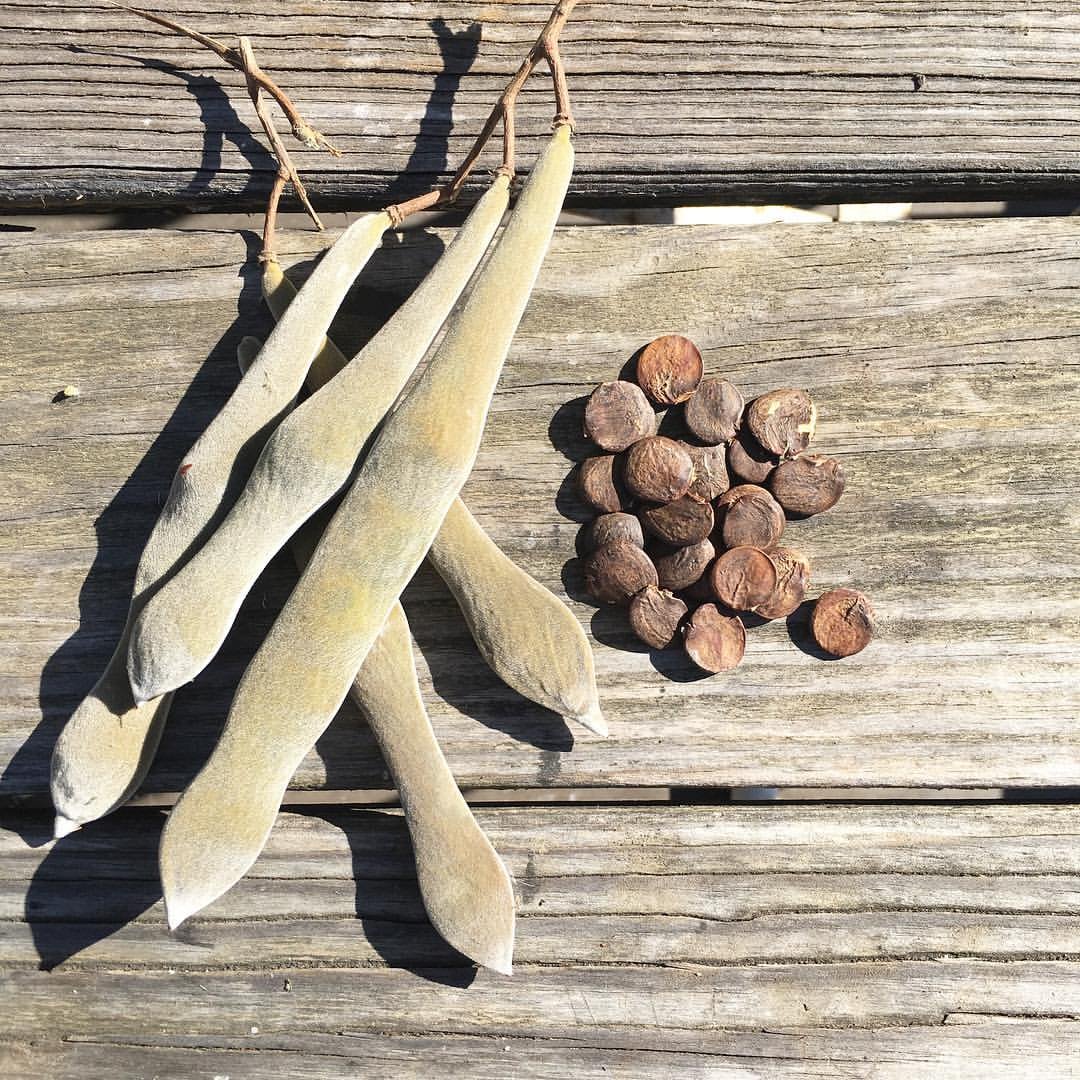
Before we dive into the growing process, let’s take a moment to understand wisteria seeds. These seeds are typically encased in long, velvety pods that hang from the vines after the flowers have bloomed. The pods turn brown and eventually split open, revealing the Seeds inside. Wisteria seeds have a hard outer coating, which can make germination challenging without proper preparation.
Seed Preparation and Planting
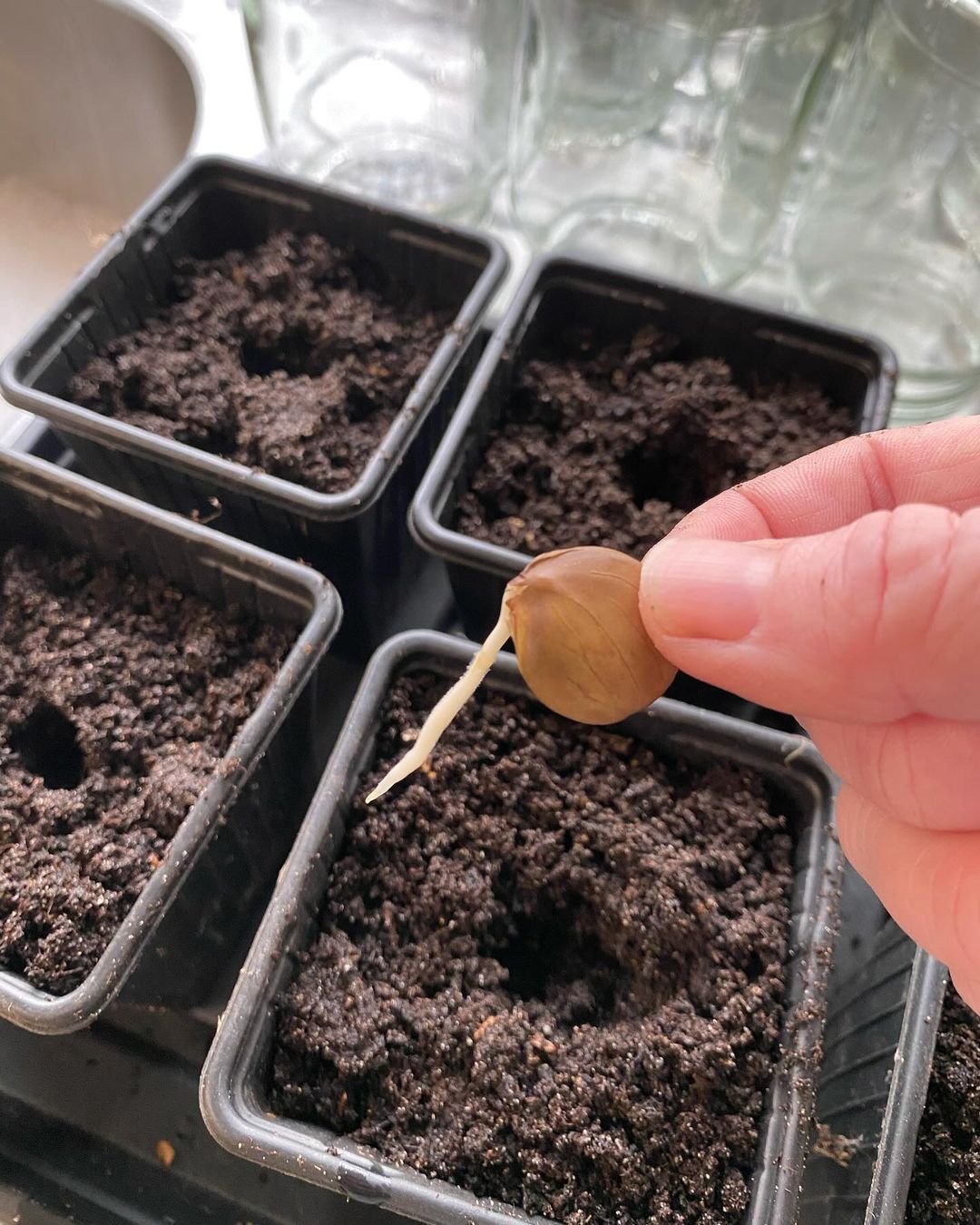
Obtaining Wisteria Seeds
You can obtain wisteria seeds from various sources, including online seed retailers, local nurseries, or even harvesting them from existing wisteria plants. If you’re harvesting your own seeds, collect the pods when they begin to split open and dry them thoroughly before extracting the seeds.
Scarification
Wisteria seeds have a tough outer coating that can prevent water and oxygen from reaching the embryo, hindering germination. To overcome this, you’ll need to perform a process called scarification. There are two common methods:
1. Mechanical Scarification: Use a nail file or sandpaper to gently scratch or abrade the seed coat, being careful not to damage the embryo inside.
2. Water Scarification: Soak the seeds in hot water (around 200°F or 93°C) for 24 hours. This can help soften the seed coat and allow water absorption.
Planting the Seeds
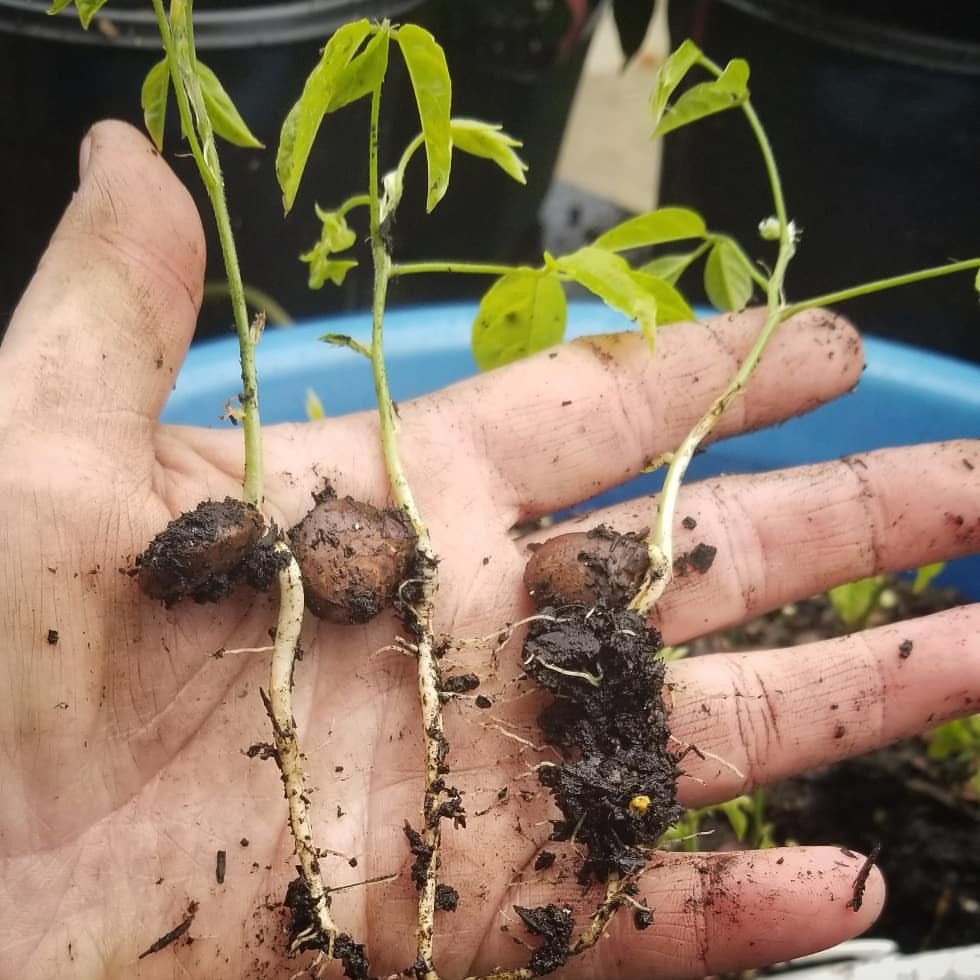
Once you’ve scarified the seeds, it’s time to plant them. Here are the steps:
- Fill a seed-starting tray or small pots with a well-draining seed-starting mix or a combination of potting soil and vermiculite or perlite.
- Plant the seeds about 1 inch (2.5 cm) deep and 2-3 inches (5-7.5 cm) apart.
- Water the soil gently but thoroughly, ensuring it’s moist but not waterlogged.
- Cover the tray or pots with a clear plastic lid or wrap to maintain humidity.
Stratification (Optional)
Some gardeners recommend stratifying wisteria seeds to further improve germination rates. Stratification is the process of exposing seeds to cold temperatures, mimicking the natural winter conditions they would experience in the wild. To stratify wisteria seeds, place the scarified seeds between moist paper towels or seed-starting mix and refrigerate them at around 35-40°F (2-4°C) for 4-8 weeks before planting.
Germination and Early Care

Patience is key when growing wisteria from seeds, as germination can take anywhere from a few weeks to several months, depending on the seed variety and conditions. Here are some tips for successful germination and early care:
Germination
- Keep the soil consistently moist but not waterlogged.
- Provide bottom heat (around 70-75°F or 21-24°C) if possible, as wisteria seeds germinate better in warm conditions.
- Once the seedlings emerge, remove the plastic cover and move them to a bright location with indirect sunlight.
Early Care
- Water the seedlings whenever the soil surface begins to dry out, being careful not to overwater.
- Provide a gentle source of humidity, such as a humidity tray or regular misting.
- Apply a diluted, balanced liquid fertilizer every 2-3 weeks to promote healthy growth.
- Transplant the seedlings into individual pots or containers when they develop their first set of true leaves, using a well-draining potting mix.
Ongoing Care and Training
As your wisteria seedlings grow into vines, proper care and training will be crucial to ensure their healthy development and abundant blooms.
Light and Temperature
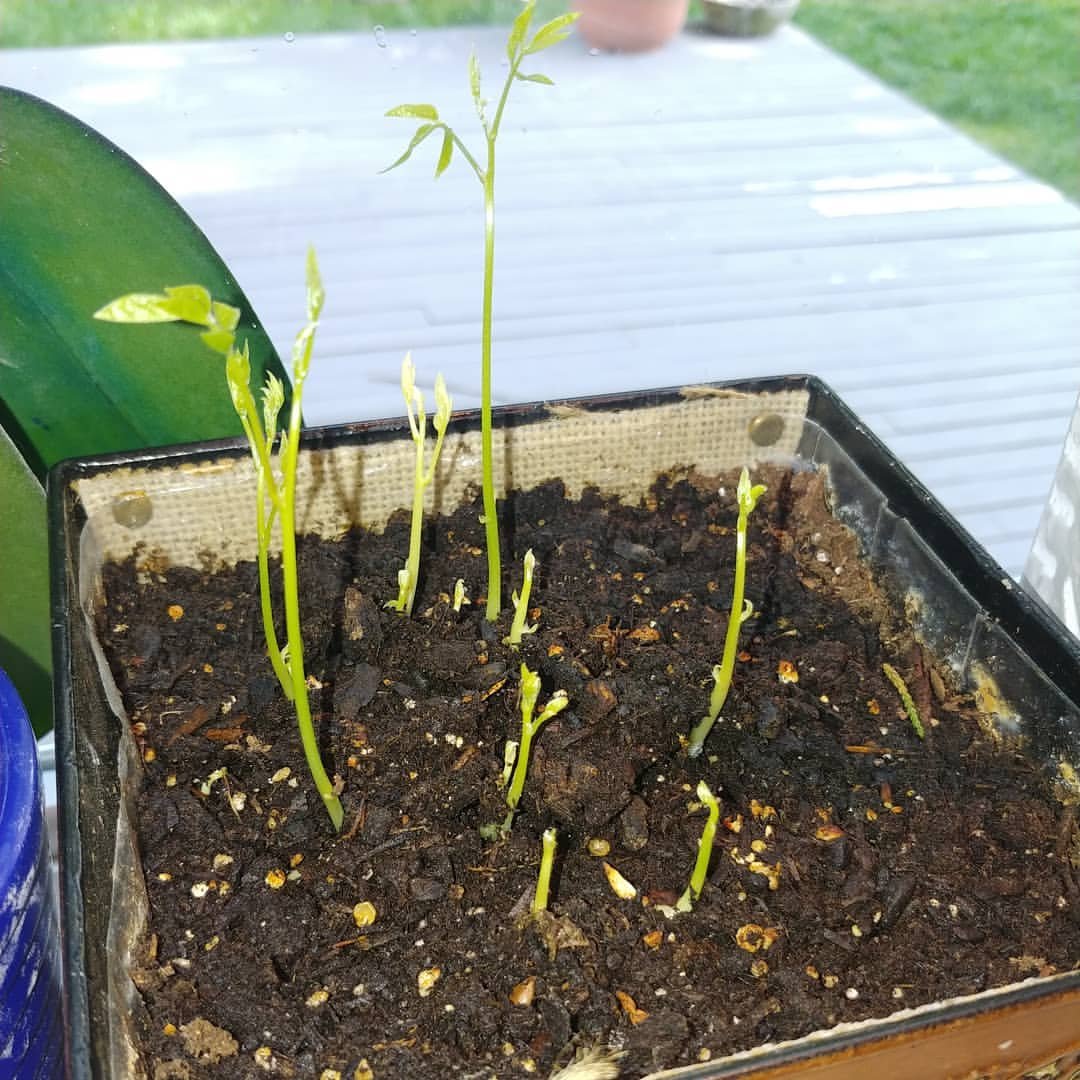
- Wisteria thrives in full sun to partial shade, with at least 6 hours of direct sunlight per day.
- Provide daytime temperatures between 65-80°F (18-27°C) and nighttime temperatures around 55-65°F (13-18°C).
Watering and Fertilizing
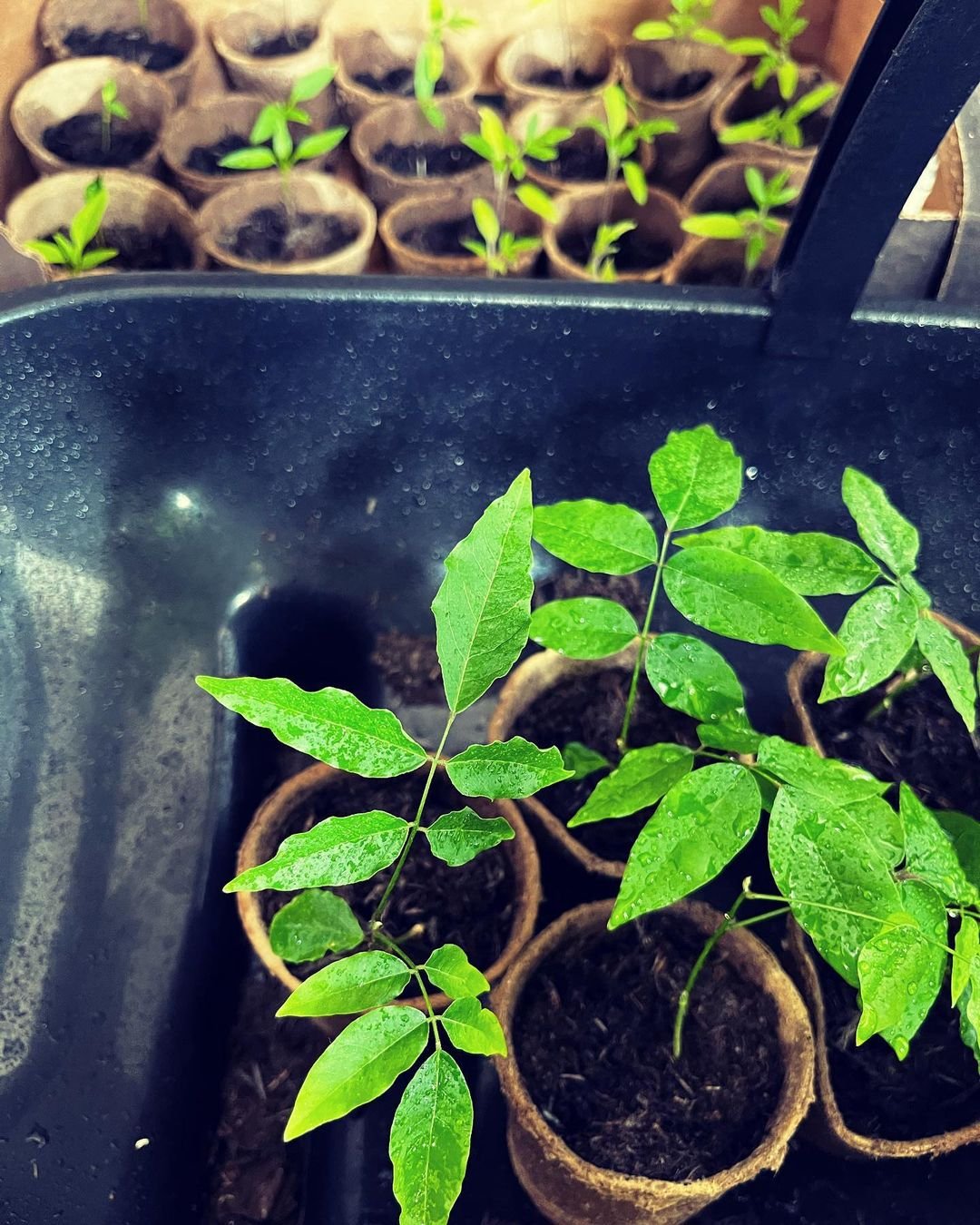
- Water your wisteria vines regularly, keeping the soil consistently moist but not waterlogged.
- Apply a balanced, slow-release fertilizer in early spring and mid-summer to support growth and flowering.
Pruning and Training
- Wisteria vines can become quite vigorous, so regular pruning is essential to maintain their shape and encourage flowering.
- In late winter or early spring, prune back any whippy, tangled growth to maintain a tidy appearance.
- Train the vines onto a sturdy trellis, arbor, or pergola, using plant ties or gentle guidance to direct their growth.
Overwintering
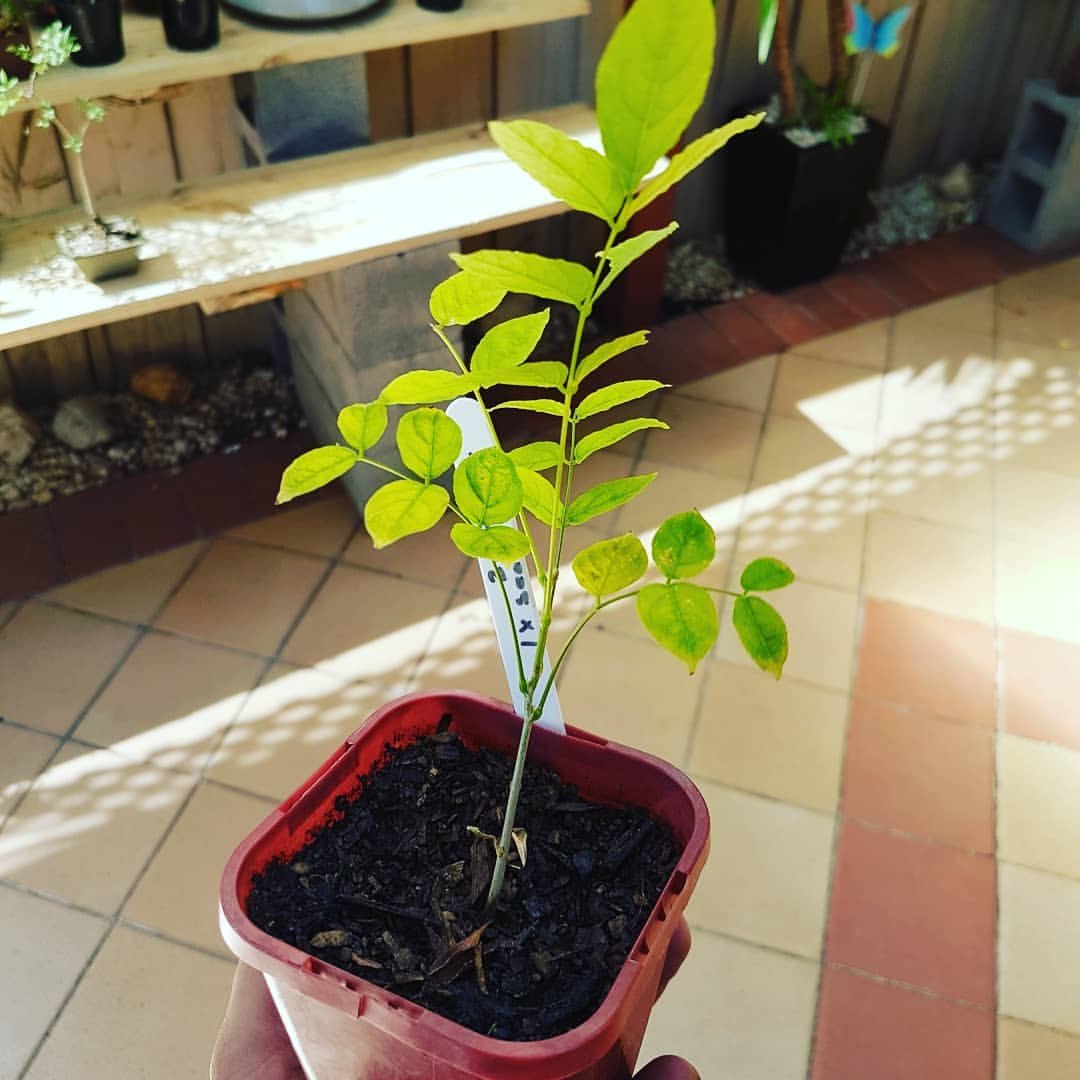
- In colder climates (USDA zones 5 and below), protect your young wisteria vines by mulching the base with straw or bark chips and wrapping the vines in burlap or insulating material.
- Once established, mature wisteria vines can withstand cold temperatures better, but protection may still be necessary during severe winters.
Troubleshooting Common Issues
While growing wisteria from seeds can be rewarding, you may encounter a few common issues along the way. Here are some tips for troubleshooting:
Poor Germination
If your seeds fail to germinate, it could be due to several factors:
- Improper scarification or lack of stratification
- Old or non-viable seeds
- Insufficient warmth or humidity during germination
Try repeating the scarification and stratification processes, or obtain fresh seeds from a reputable source.
Leggy or Spindly Growth
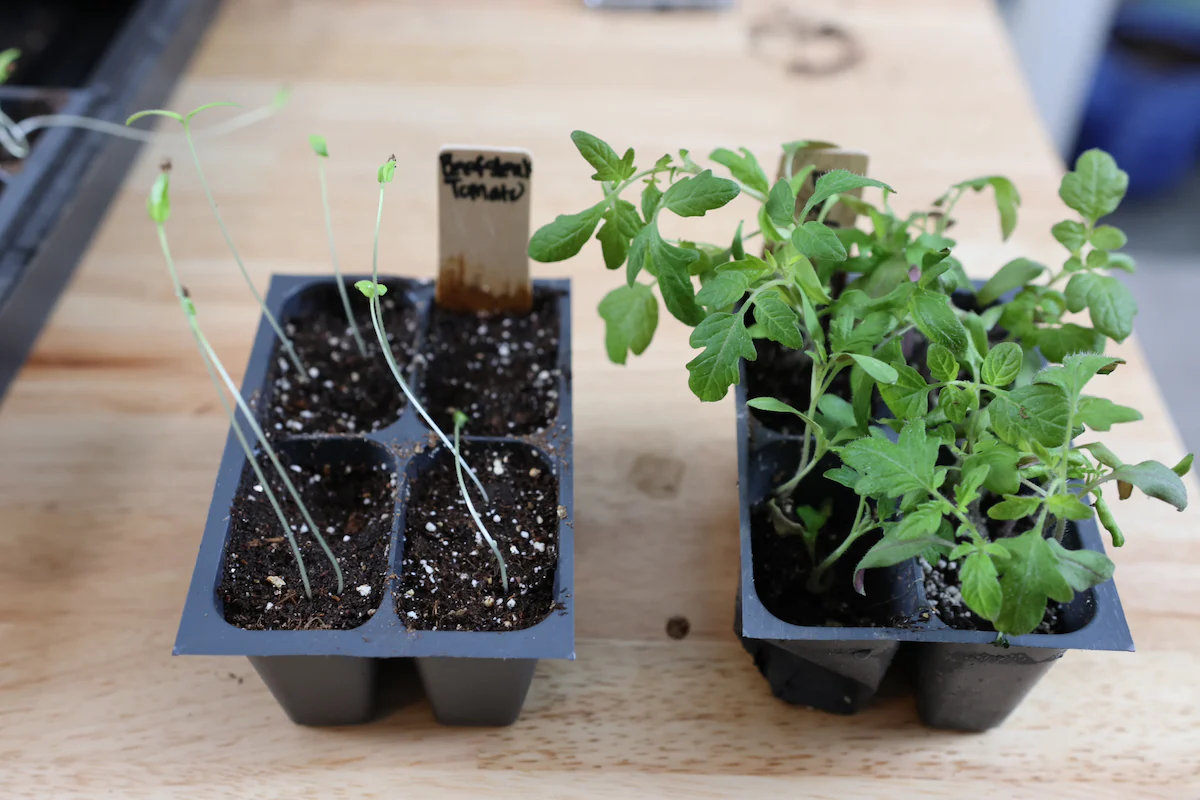
If your wisteria seedlings or vines become leggy or spindly, it’s likely due to insufficient light. Gradually increase their exposure to direct sunlight or consider supplementing with grow lights.
Lack of Blooms
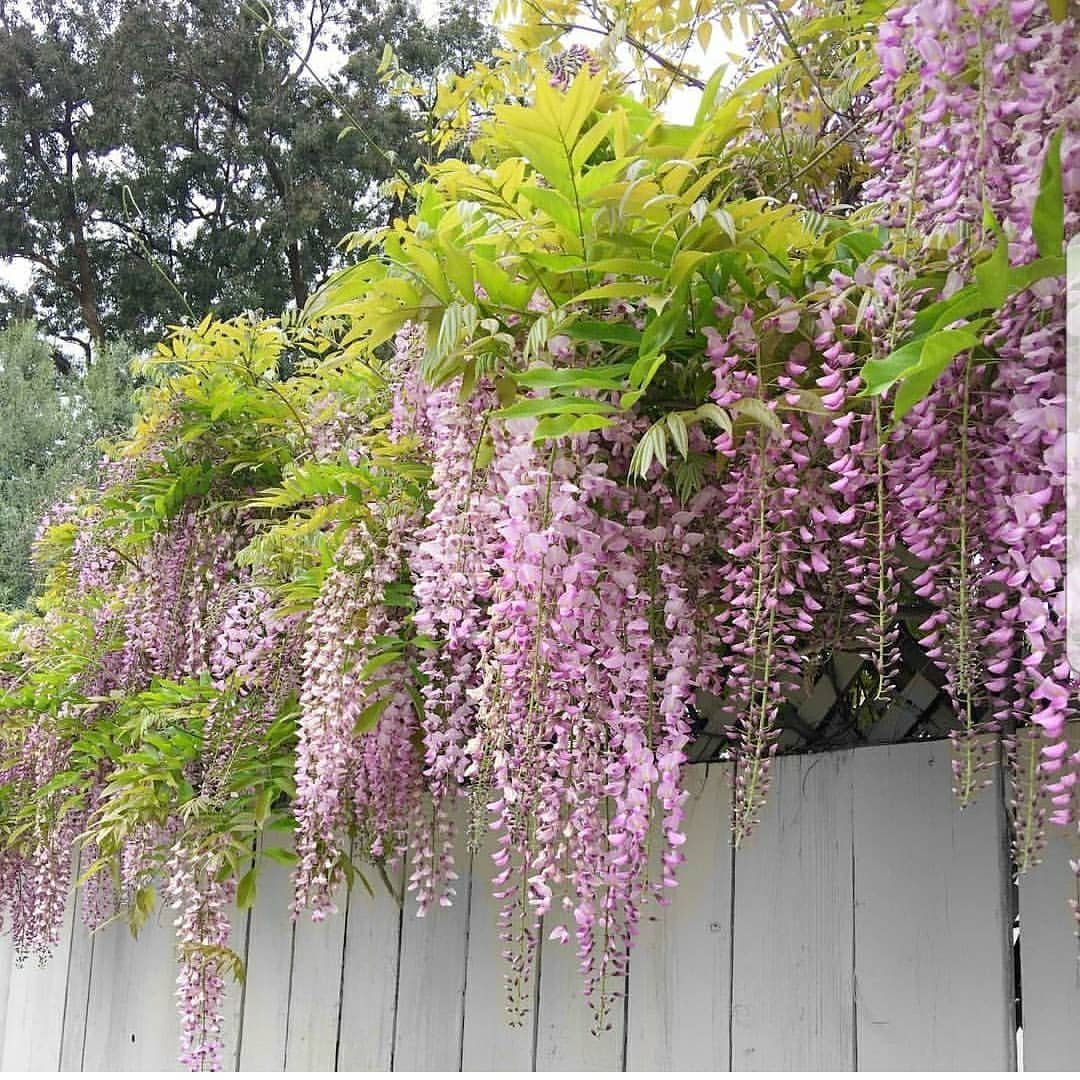
Wisteria vines can take several years (5-10 years) to mature and produce their first blooms. Ensure proper pruning, fertilization, and training techniques to encourage flowering. Additionally, some varieties may require a period of cold exposure (chilling) during winter to initiate blooming.
Conclusion
Growing wisteria from seeds is a rewarding journey that requires patience, attention to detail, and a bit of horticultural know-how. By following the steps outlined in this guide, you’ll be well on your way to cultivating beautiful, fragrant wisteria vines that will be the envy of your neighborhood. Embrace the process, enjoy the journey, and relish the moment when your wisteria bursts into bloom, filling the air with its captivating scent and cascading beauty.
Pingback: Peppers: The Ultimate Guide to Growing From Seed to Plate -
Pingback: Mangaves: How to Grow Magnificent Agave Hybrids Successfully
Pingback: How Fast Does Wisteria Grow - Back Gardener
Pingback: Growing Beans: A Complete Guide to Homegrown Goodness in Your Garden
Pingback: Cosmos Garden: Unlock the Secrets to a Spectacular -
Pingback: Wisteria Flowers: A Gardener’s Guide to Cultivating a Breathtaking Vine
Pingback: Wisteria Flowers: A Gardener’s Guide to Cultivating a Breathtaking Vine
Pingback: Frangipani: A Comprehensive Guide to Growing and Care
Pingback: Flax Flowers: Care and Maintenance for Vibrant Blooms
Pingback: Clear Crystal White Sweet Alyssum: Your Guide to a Beautiful Garden
Pingback: Sunflowers: Varieties, Planting Tips and Care Techniques
Pingback: Beautiful Trees That Start With ‘K’ - Gardener's School
Pingback: A Guide to Notable Trees that Start with ‘O’
Pingback: Amazing Secrets: Trees That Start with X -
Pingback: Wonderful Woods: Trees That Start with ‘W’ -
Pingback: How to Grow Peppermint: A Complete Guide for Home Gardeners
Pingback: Amazing Discoveries : Trees That Start with V
Pingback: Huernia Macrocarpa: Everything You Need to Know
Pingback: Growing Red Corn: Essential Tips for a Bountiful Harvest
Pingback: Secrets of Capers: A Comprehensive Guide to Growth and Care